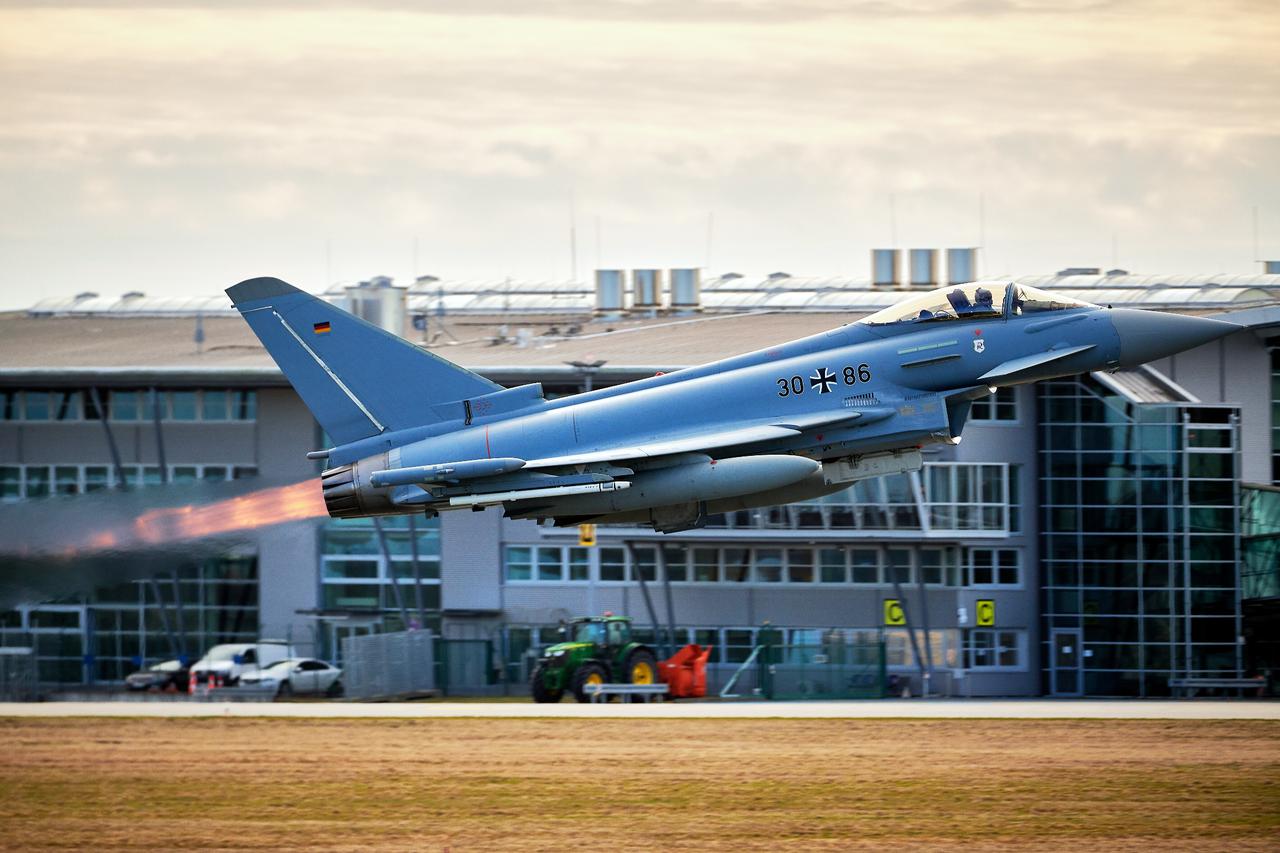
BAE Systems CEO Charles Woodburn has lauded the quick progress being made with Türkiye on a potential order for 40 Eurofighter Typhoon aircraft, as the company awaits firmed order demand ahead of a future ramp-up in production.
The comments came as BAE Systems announced strong first-half 2025 growth, with sales and profits up 11% from 2024, reflecting a growing global portfolio amid increased defense spending worldwide.
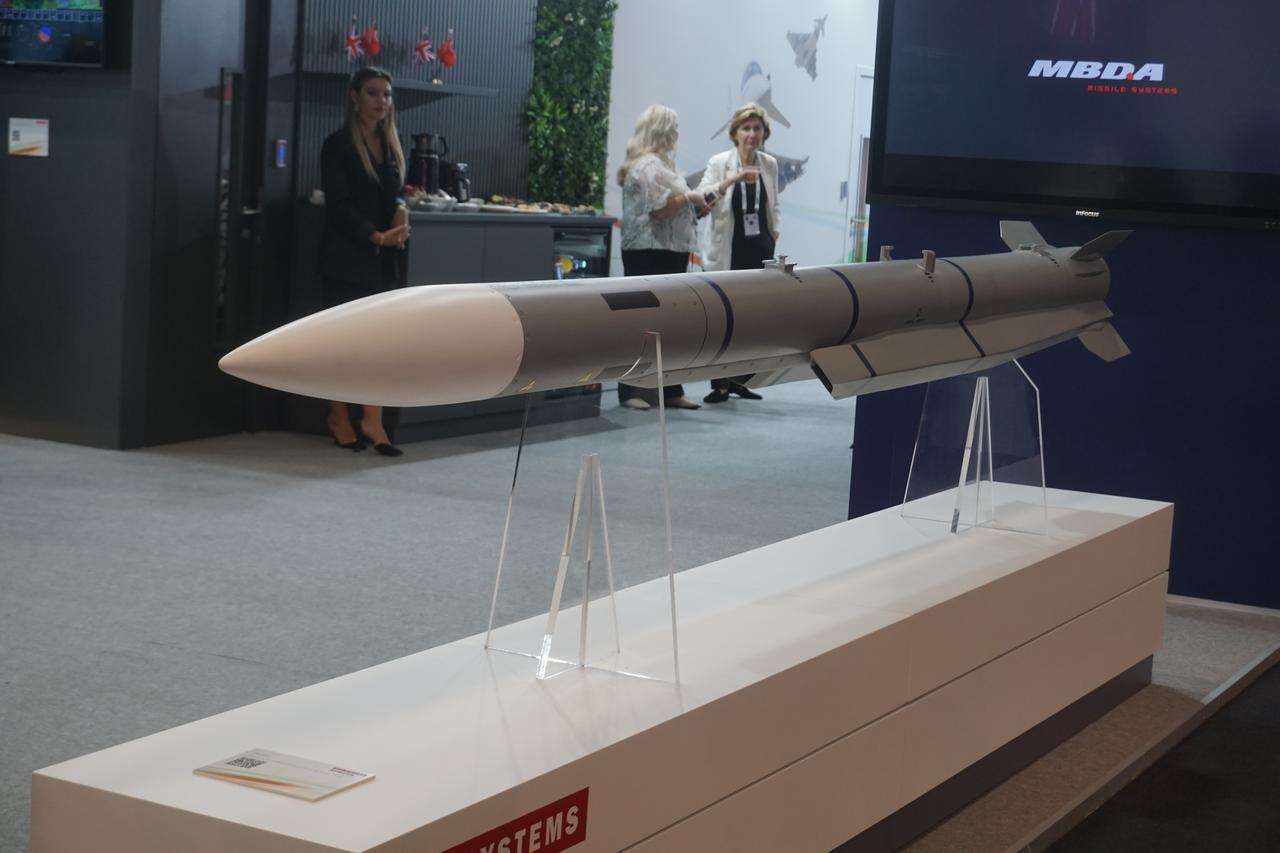
Company CEO Charles Woodburn emphasized that the discussions carry both commercial and strategic importance, stating that production lines could reach capacity to meet Türkiye's potential order within two to three years.
"We are extremely pleased with where the negotiations with Türkiye have reached. In the face of a possible order, it is possible for us to expand Eurofighter production capacity and carry out deliveries within 2-3 years," Woodburn said in an interview with Shephard Media on Thursday.
Set against the backdrop of increased defense spending across regions, BAE Systems upgraded its guidance, with sales expected to increase in the range of 8-10%. The company saw strong momentum in terms of sales and orders during the first half of 2025.
BAE Systems is one of the main contractors in Typhoon fighter aircraft production. The company undertakes critical components including assembly, avionics, radar, and mission systems within the consortium structure conducted with the United Kingdom alongside Germany, Spain, and Italy.
Ankara's interest centers on approximately 40 Typhoon fighter aircraft.
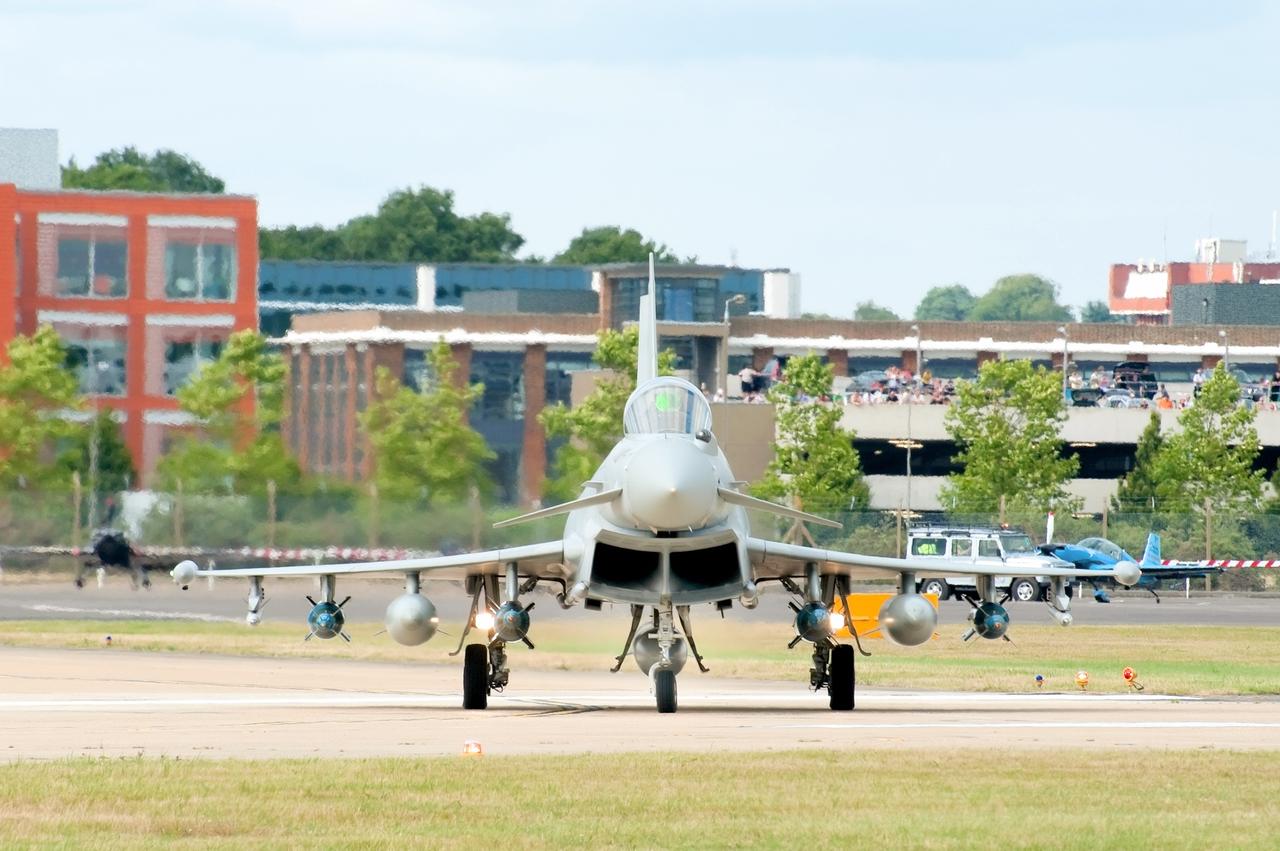
On July 23, Türkiye and the United Kingdom signed a memorandum of understanding allowing Ankara to operate Eurofighter Typhoon fighter planes. The agreement came after Germany's Security Council approved the sale of 40 Eurofighter jets.
Turkish pilots will now be able to fly Typhoons, built by a consortium of stakeholders from the UK, Germany, Italy, and Spain.
During the 17th International Defense Industry Fair (IDEF 2025) in Istanbul, Turkish National Defense Minister Yasar Guler and UK Secretary of State for Defense John Healey signed a memorandum of understanding (MoU) on Türkiye's procurement of Eurofighter Typhoon fighter jets.
This agreement marks a milestone in Türkiye's long-standing effort to secure an interim fighter solution.
The need for such a stopgap measure emerged after Türkiye's removal from the F-35 Joint Strike Fighter program in 2019, aimed at preventing any loss of capability or deterrence until the National Combat Aircraft KAAN enters service.
"We plan to acquire some 40 units of the aircraft — there are various options and we're currently working on them," Guler said during the signing ceremony.
Initial efforts focused on purchasing 40 F-16V aircraft from the U.S. and upgrading 79 existing F-16s to the F-16V standard, though the package was later revised to cover only the acquisition of 40 new aircraft. The Ozgur project — designed to equip Türkiye's current F-16 fleet with next-generation, indigenous mission systems — continues in parallel.
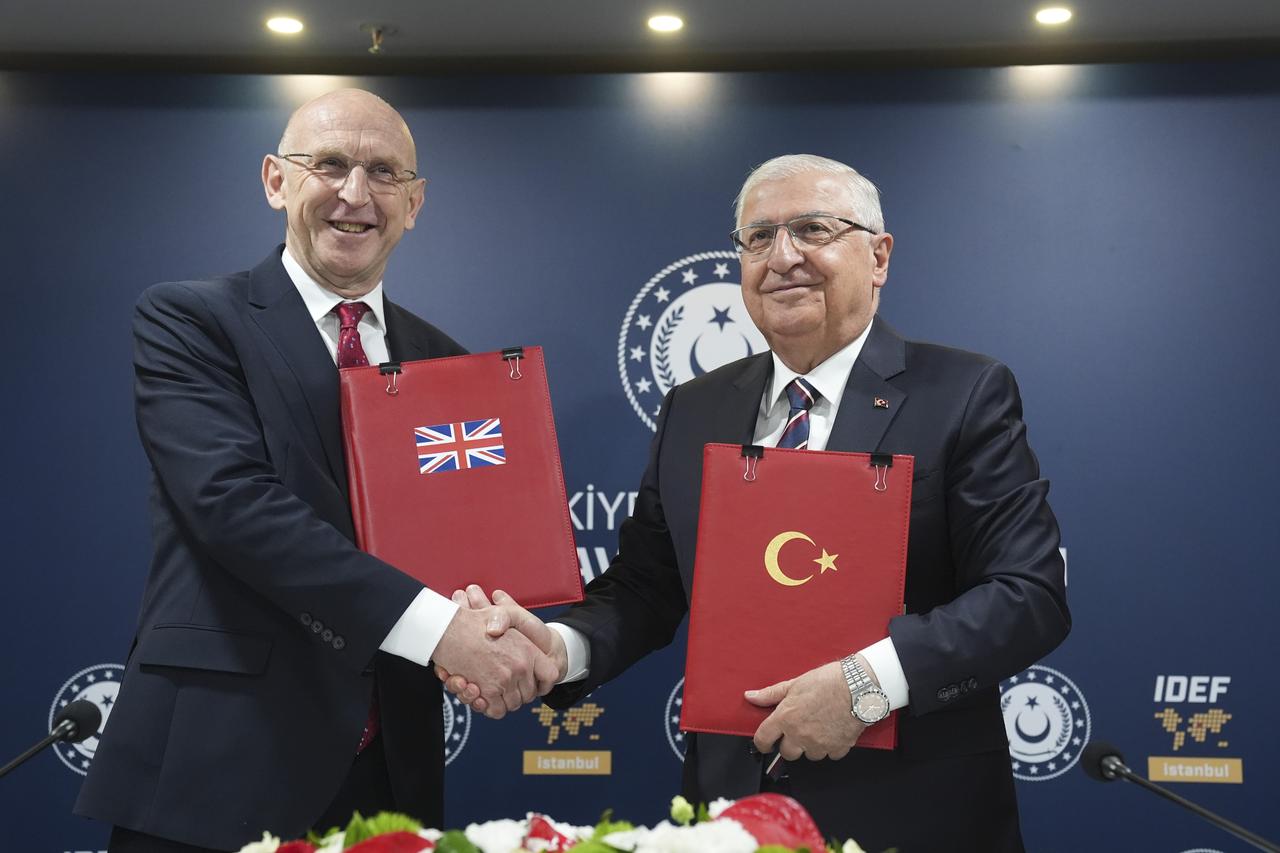
The Eurofighter Typhoon is a multirole fighter distinguished by its canard delta wing. Engineered with advanced aerodynamics and an innovative flight control system, it delivers exceptional agility and maneuverability.
A standout capability is its ability to achieve supercruise — sustained supersonic flight without the use of afterburners.
The aircraft is available in both single-seat and twin-seat variants and is fully capable of executing a wide range of air-to-air and air-to-ground missions. It measures 15.96 meters long, 10.95 meters wide, and weighs 11 tons when empty, with a maximum takeoff weight of 23.5 tons.
The Typhoon's mission systems feature the Captor-E active electronically scanned array radar, the Defensive Aids Sub-System for self-protection, an advanced mission computer, Link 16 datalink, and electro-optical sensors. Its self-defense capability is enhanced by electronic warfare systems, flare and chaff dispensers, and radar warning receivers.
The aircraft supports extensive weapons payload capacity with advanced air-to-air missiles such as Meteor, AIM-120 AMRAAM, IRIS-T, and ASRAAM, alongside precision-guided munitions like Brimstone, Storm Shadow, and the Paveway series, as well as cruise missiles such as Taurus. The aircraft is also equipped with a 27mm Mauser BK-27 cannon.
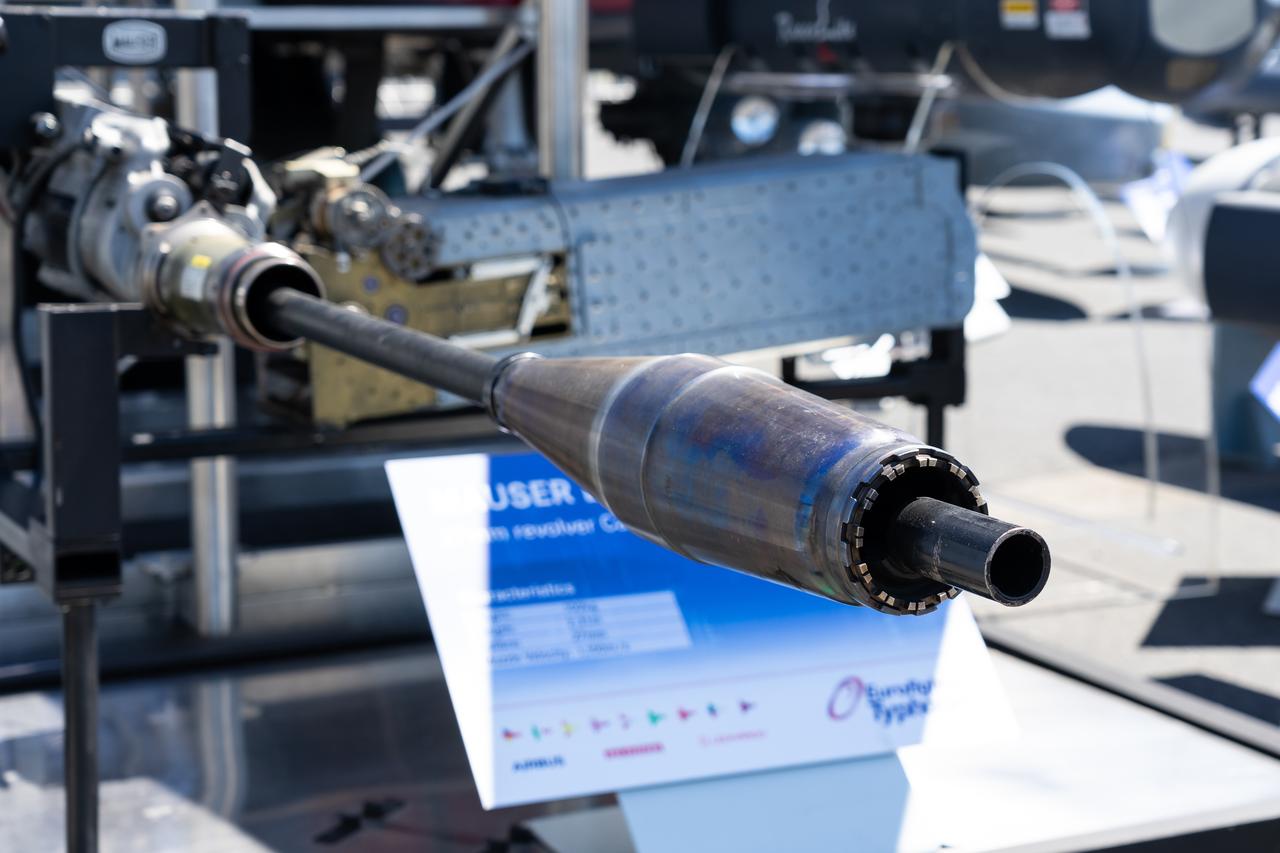
The aircraft is powered by two EJ200 turbofan engines, developed and manufactured by the EUROJET consortium. Each partner nation contributes by producing specific engine components, while final assembly takes place within their own facilities.
The Eurofighter is manufactured in progressive stages known as tranches. Tranche 1 focused on delivering core air superiority capabilities, while Tranche 2 introduced limited air-to-ground functionality. Tranche 3A expanded the platform into a true multirole fighter, featuring an advanced mission computer and broader weapons integration.
Tranche 4 and 5 variants aim to deliver major upgrades, including AESA radar, next-generation digital avionics, and enhanced electronic warfare capabilities. The EJ200 engine offers high strength and high temperature capabilities, representing one of the most reliable jet engines on the market.
The aircraft is highly preferred by the air forces of the UK, Germany, Italy, Spain, Austria, Saudi Arabia, Qatar, Kuwait, and Oman, thanks to its wide range of operational capabilities. The Eurofighter Typhoon is the result of collaboration between Airbus, BAE Systems, and Leonardo — leading aerospace and defense firms in Europe.
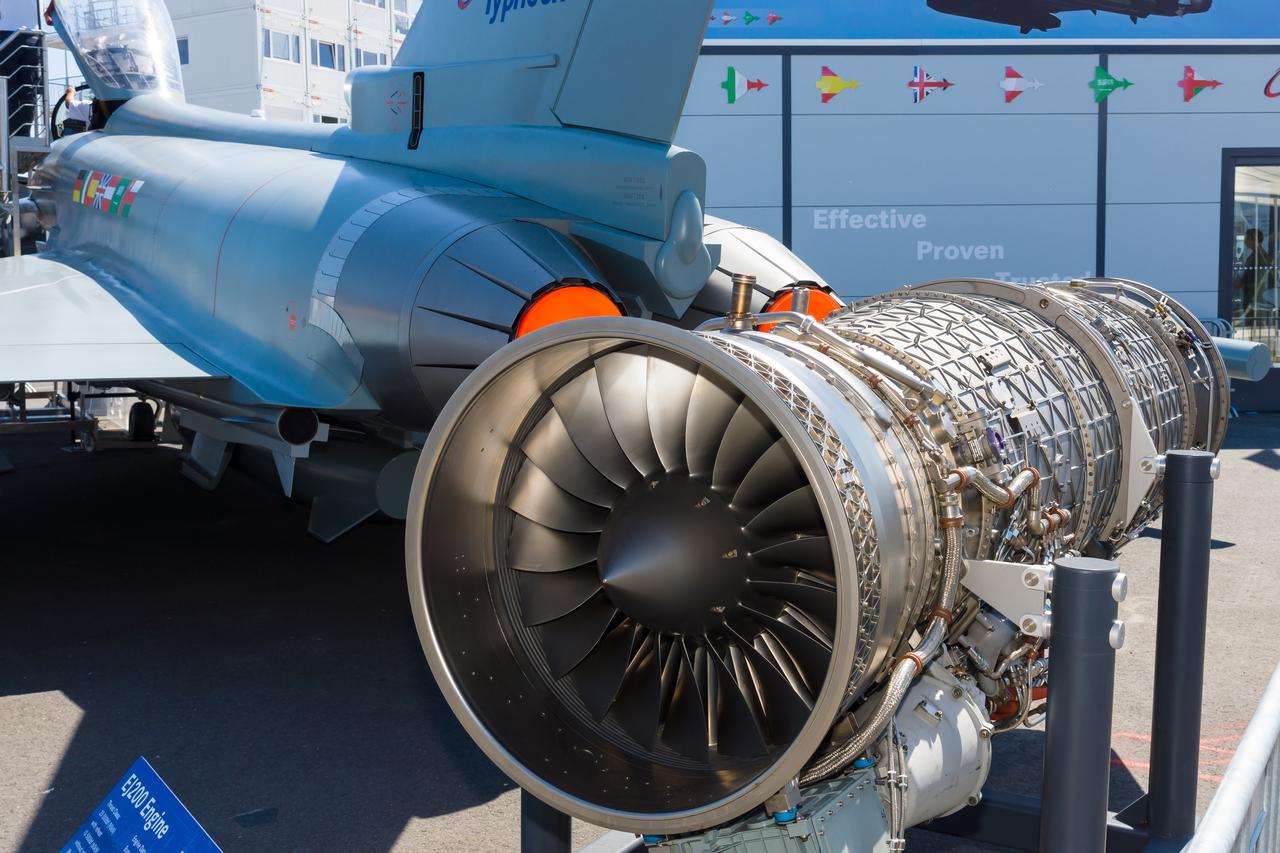
The Turkish Air Force currently fields around 240 F-16C/D aircraft and approximately 25 F-4E/2020s. While the F-4Es underwent extensive modernization in the early 2000s, they are now at the end of their operational life. The F-16C/D fleet risks falling behind — particularly in radar and electronic warfare capabilities — compared to advanced platforms entering service with regional air forces.
Greece has acquired Rafale fighters from France and is upgrading its F-16s to the F-16V standard. Israel is on track to receive 75 F-35I fighters by 2028, with 45 delivered as of June 2025, while also modernizing its F-15I fleet and preparing to procure the next-generation F-15IA.